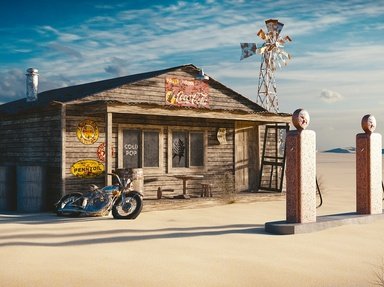Quiz Answer Key and Fun Facts
1. In the original "Frankenstein" (1931), electricity from lightning powered the creature's vivification. What was the source of power used in "Frankenstein 1970" (1958)?
2. Three of these titles are genuine, bona fide, for-real, professionally-produced and theatrically-released motion pictures from the 1950s. Which one is *NOT*?
3. What sort of creature was the alien in "The 27th Day" (1957)?
4. Which actor, made famous by his role in "Star Trek", played Narab, one of the three Martian invaders, in "Zombies of the Stratosphere" (1952), re-released as "Satan's Satellites" (1958)?
5. Three screenwriters employed by Columbia Pictures - Lewis Clay, Royal K. Cole, and George H. Plympton - wrote the script for "Mysterious Island" (1951). Was the latter also the author of "Paper Lion" and "Shadow Box"?
6. Was it ever proved that "The Brain Eaters" (1958) was based on a novel by Robert A. Heinlein?
7. In conceiving "Godzilla" (1954), what creature(s) did the producers consider other than the dinosaur-like monster on which they settled?
8. For what is Bert I. Gordon best known in the world of horror and science fiction movie making?
9. Where is "The Mole People" (1956) set?
10. What was the promotional gimmick "Emergo" used in theatres to enhance the terror in "House on Haunted Hill" (1959)?
Source: Author
FatherSteve
This quiz was reviewed by FunTrivia editor
jmorrow before going online.
Any errors found in FunTrivia content are routinely corrected through our feedback system.
